IPPCAAS and Partners Reveal a New Mechanism by Which Virus Suppresses Rice Antiviral RNA Decay to Promote Infection
Rice is the world’s most important staple crop, feeding more than half of the global population. However, viral diseases severely threaten rice and other cereals, causing enormous yield losses. Among them, rice black-streaked dwarf virus (RBSDV), transmitted by the small brown planthopper, is one of the major pathogens affecting rice and maize production worldwide. Understanding the molecular interactions between RBSDV and its host rice is critical for developing scientific strategies for virus control.
Recently, Prof. Zhou Xueping of the Institute of Plant Protection, Chinese Academy of Agricultural Sciences (IPPCAAS), in collaboration with Zhejiang University, published a paper in Journal of Integrative Plant Biology (Impact Factor = 9.3) entitled “Rice black-streaked dwarf virus-encoded P6 protein impairs OsPelota-mediated antiviral RNA decay defense via promoting OsSCE1b ubiquitination and degradation in rice.”
The study revealed that the viral P6 protein promotes ubiquitination and 26S proteasome-mediated degradation of the rice SUMO E2 conjugating enzyme OsSCE1b. This reduces SUMOylation of OsPelota, a key antiviral factor, and weakens the activity of the OsPelota–OsHBS1 complex, thereby impairing the host’s antiviral RNA decay defense and facilitating viral infection.
Yeast two-hybrid assays identified OsSCE1b as a host interactor of P6, and biochemical analyses confirmed that OsSCE1b catalyzes SUMOylation of OsPelota, which is essential for activating antiviral RNA decay. Both RBSDV infection and P6 expression promoted OsSCE1b ubiquitination and degradation. Further experiments showed that P6 enhances the interaction between OsSCE1b and rice ubiquitin E3 ligases (SINAT3/4/5) in the cytoplasm, accelerating OsSCE1b degradation. Genetic studies demonstrated that overexpression of OsSCE1b enhanced rice resistance to RBSDV, while knockdown/knockout of OsSCE1b or knockout of OsPelota increased susceptibility, highlighting their roles as negative regulators of viral infection.
Mechanistically, SUMOylated OsPelota interacts with OsHBS1, forming a complex that specifically degrades RBSDV genomic RNAs containing GA₆ motifs. However, by targeting OsSCE1b for degradation, RBSDV P6 disrupts this defense, allowing viral proliferation.
This discovery provides new theoretical insights into the molecular arms race between rice and RBSDV, and offers potential targets for developing novel strategies for rice viral disease management.
Doctoral students Xie Yi and Zeng Ming are co-first authors. Prof. Wu Jianxiang and Assoc. Prof. Wang Yaqin (Zhejiang University), together with Prof. Zhou Xueping (IPPCAAS), are the corresponding authors. The research was supported by the National Natural Science Foundation of China and the China Agriculture Research System.
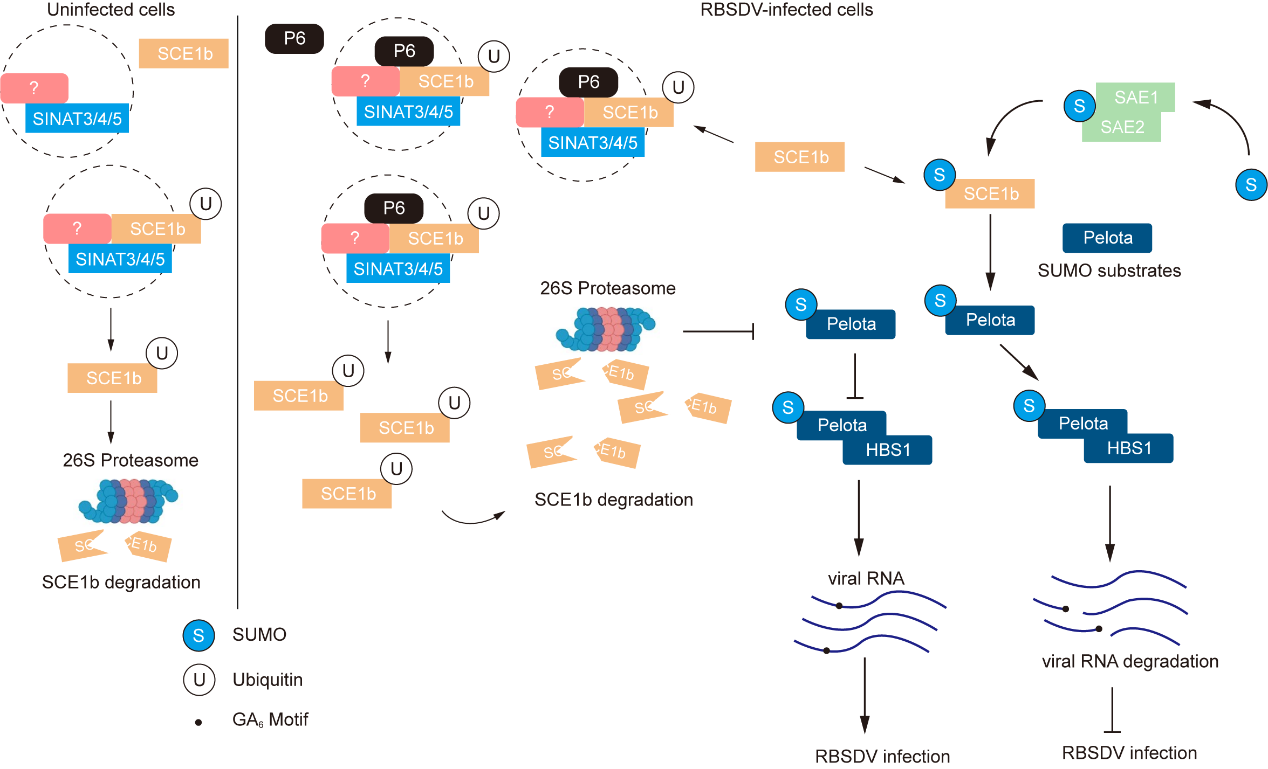
-
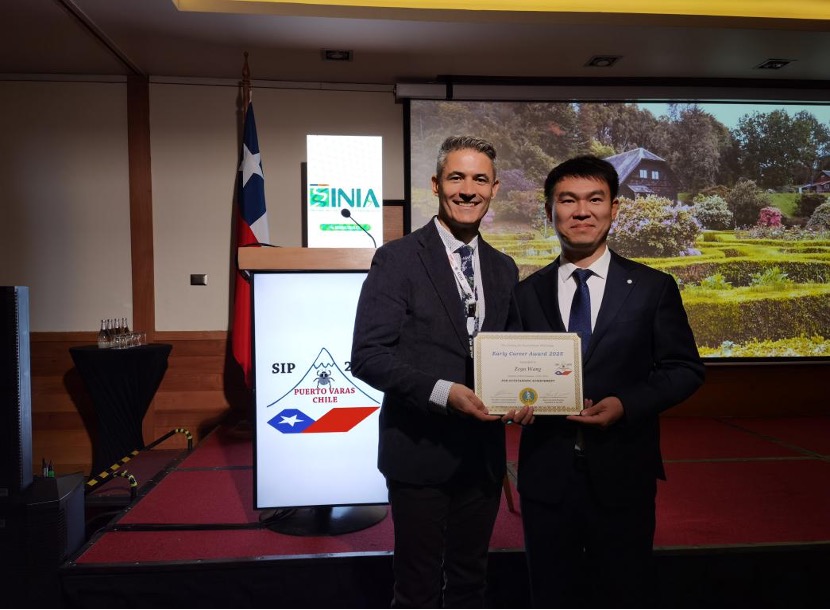 IPPCAAS Expert Wins the Society for Invertebrate Pathology Early Career Award
IPPCAAS Expert Wins the Society for Invertebrate Pathology Early Career Award -
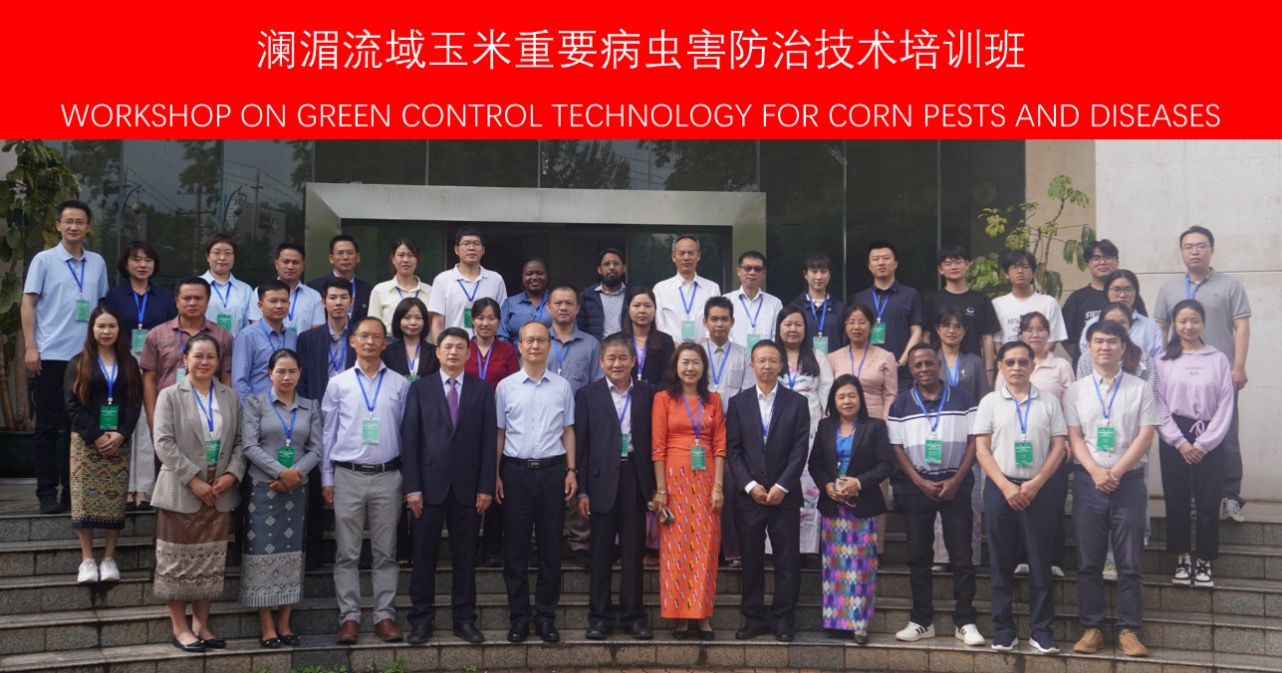 Workshop on Green Control Technology for Corn Pests and Diseases in the Lancang-Mekong Region successfully held in Kunming
Workshop on Green Control Technology for Corn Pests and Diseases in the Lancang-Mekong Region successfully held in Kunming -
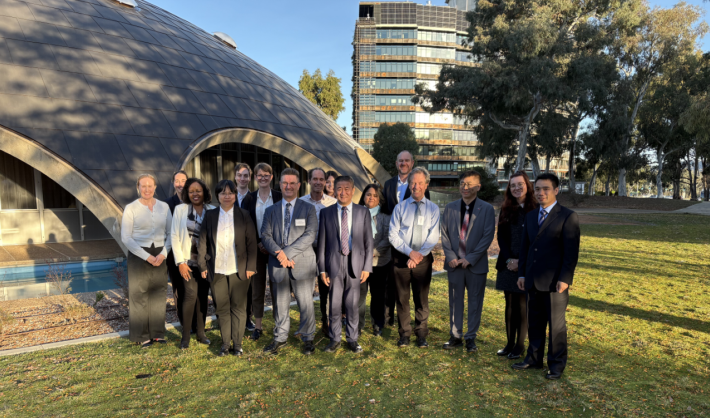 IPPCAAS Experts Visit Australia to Promote In-Depth China–Australia Cooperation in Plant Biosafety
IPPCAAS Experts Visit Australia to Promote In-Depth China–Australia Cooperation in Plant Biosafety -
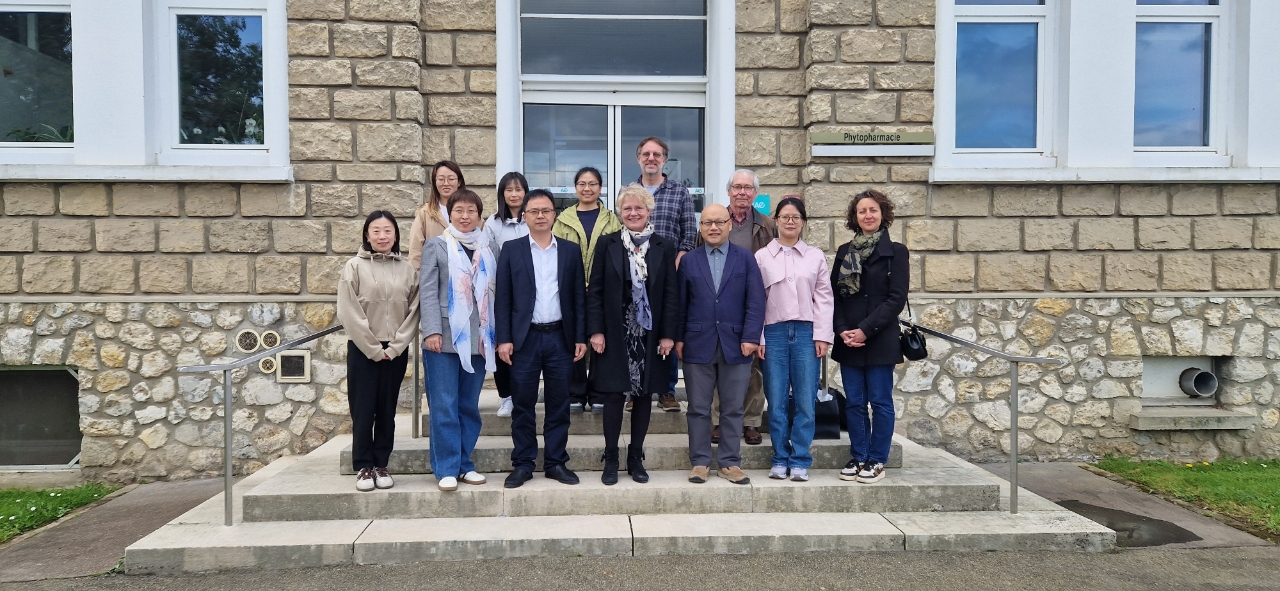 China-France cooperation in plant protection was further strengthened
China-France cooperation in plant protection was further strengthened
